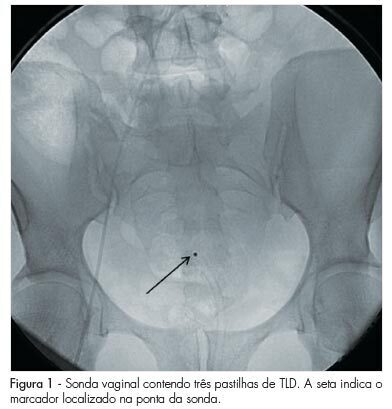Revista Brasileira de Ginecologia e Obstetrícia. 2010;32(2):77-81

PURPOSE: to determine the dose of ionizing radiation absorbed by the ovaries and the skin of patients undergoing uterine fibroid embolization (UFE), and to suggest a radiologic protocol directed at reducing the risks involved in this procedure. METHODS: seventy-three consecutive women (mean age: 27 years) participating in an institutional research protocol, having symptomatic uterine fibroids with indication for minimally invasive treatment, underwent UFE. We estimated the radiation absorbed by the ovaries by means of vaginal dosimeters and the radiation dose absorbed by the skin by means of indirect calculations of radiation absorption. The first 49 patients belonged to the Pre-modification Group, and the last 24, to the Post-modification Group. The second group received a modified protocol of X-ray imaging, with a reduction by half of the frames number per second during arteriography, in an attempt to match the values obtained to those of the literature, and avoiding as much as possible unnecessary exposure to the X-ray beam. RESULTS: there were no technical complications in any of the procedures performed. There were no differences in the mean fluoroscopy time or in the mean number of arteriographies between the two groups. We obtained a 57% reduction in the estimated absorbed ovarian dose between groups (29.0 versus 12.3 cGy) and a 30% reduction in the estimated dose absorbed by the skin (403.6 versus 283.8 cGy). CONCLUSIONS: a significant reduction in the absorption of radiation in patients undergoing UFE can be achieved by changing the number of frames per second in angiographic series, and by the routine use of radiological protection standards.
Search
Search in:


Comments